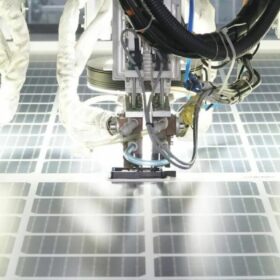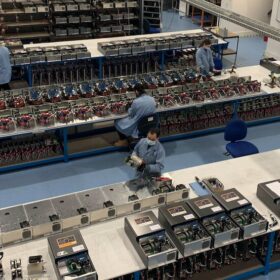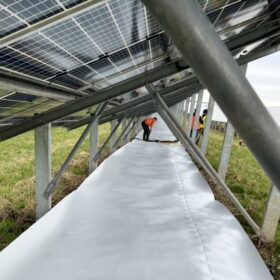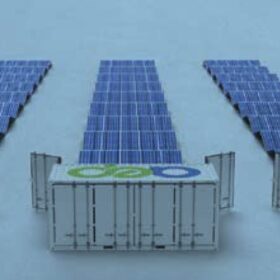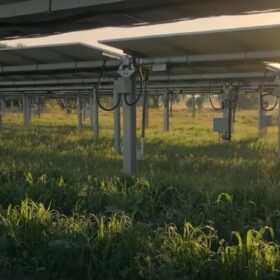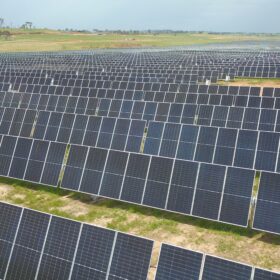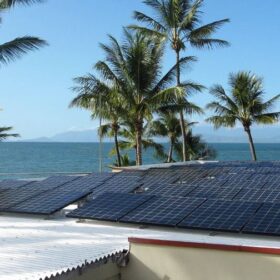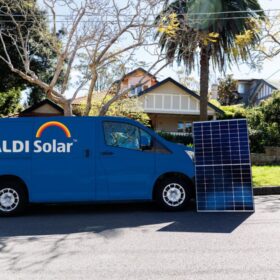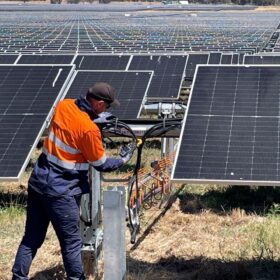Reshoring of US solar manufacturing
The Solar Energy Industries Association’s (SEIA) latest white paper on solar and storage manufacturing includes an interactive map. It shows that momentum has started to build for a transformational expansion of domestic solar and storage manufacturing.
Weekend read: Get what you pay for
Clean Energy Associates (CEA) has calculated the price premium that solar developers will swallow in return for the levelised cost of energy (LCOE) savings offered by the latest generation of high-efficiency PV panels.
WA utility unveils plans for 800 MWh big battery
As Synergy prepares to switch on its first big battery, the state-owned utility has revealed it plans to build a new 200 MW/800 MWh battery energy storage system at Kwinana to support the state’s main grid and enable the uptake of more renewables in Western Australia.
Victorian battery manufacturer to ramp up growth plans after PPK buys in
Australian battery designer and manufacturer PowerPlus Energy will look to accelerate its growth plans after technology investment company PPK Group announced plans to acquire a large stake in the company.
Solmax unveils reflective membrane to increase power yield in bifacial PV projects
Canada-headquartered Solmax will seek to build its presence in the Australian utility scale solar sector having developed a reflective membrane which it claims can increase the energy yield of a bifacial PV project by between 5% and 20%, depending on the plant configuration.
Australian manufacturer targets ‘world’s best battery’ follow IP portfolio purchase
Australian battery company Gelion Technologies has revealed its ambition to “build the world’s best battery” after acquiring an intellectual property portfolio of more than 450 lithium sulfur and silicon anode patents.
New plug-and-play mobile PV system
The “Solar Box” mobile power plant is a container consisting of solar modules, a battery storage system, and a hydrogen storage system. According to Austria’s Alternative Energy Projects (AEP), the system starts at 94 kW and can be scaled up to more than 5 MW.
Agrivoltaics market valued at $14 billion
The global agrivoltaics market is pegged at a 10.1% annual growth rate, according to a research note by Allied Analytics.
ACEN marches ahead with 720 MW New England Solar Farm
The largest solar farm yet developed in New South Wales has been officially opened with clean energy company ACEN Australia confirming the 400 MW first stage of its planned 720 MW New England Solar Farm is now progressing through the commissioning process.
Authority flags solar feed-in tariff increase for regional Queensland
Rooftop solar households in regional Queensland are set to receive almost 40% more for the PV-generated electricity they send back to the grid after the state’s pricing regulator proposed an increase to the feed-in tariff.
